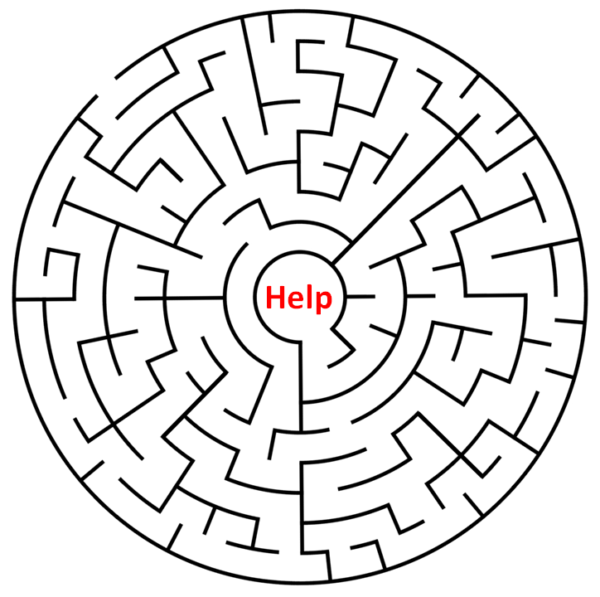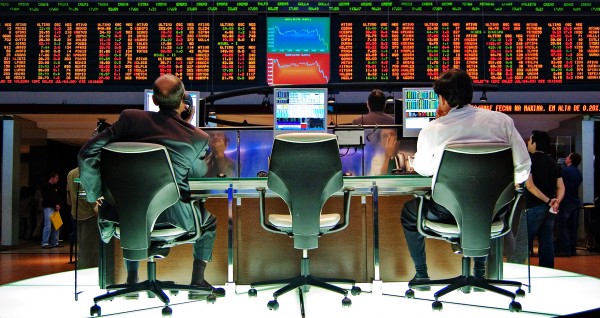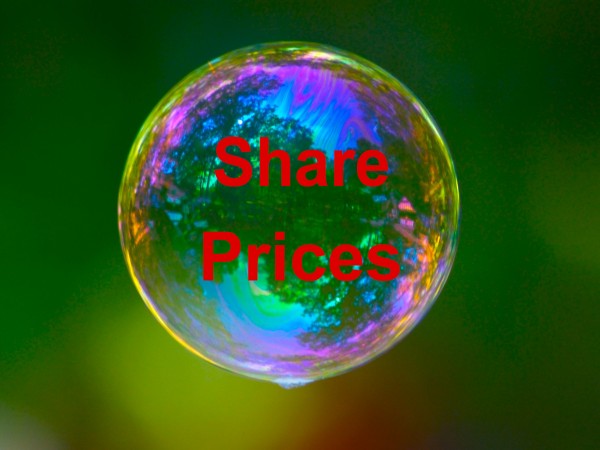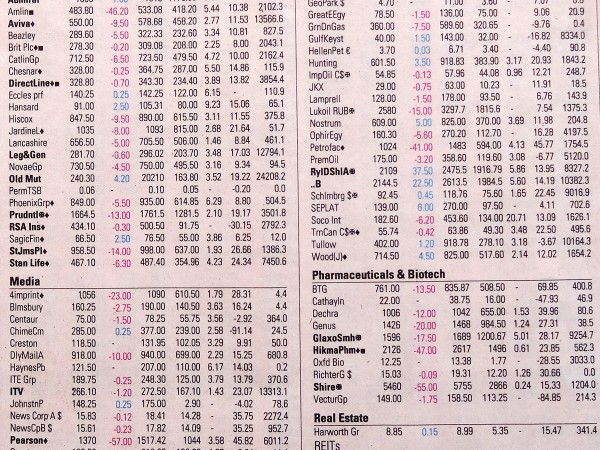 Many of you may have heard of nudge – the idea that governments can help people make better decisions by carefully designing the way a policy is structured and presented. Have you heard of sludge?
Many of you may have heard of nudge – the idea that governments can help people make better decisions by carefully designing the way a policy is structured and presented. Have you heard of sludge?
The most widely cited example of a nudge is changing a default option. The default option is what happens if you do nothing. For example, when you start a new job, are you automatically enrolled into the pension scheme or do you have to do something (i.e. fill-in an on-line form) to opt-in to the scheme. Changing the default option to one of being automatically enrolled in a scheme seems to have a big impact on the choices people make.
Recently, policy makers have started referring to ‘sludge’. Sludge is the opposite of nudge: i.e. characteristics about design and presentation that make it more difficult for people to make good decisions. Some businesses may use sludge to encourage consumers to spend more on their goods than they ever intended.
One interesting application of sludge is in the design of websites – referred to as Dark Patterns. The following are a number of different categories of dark pattern:
The last example, Forced Continuity, refers to the use of free trial periods and automatic renewal of contracts. Many people sign up for a free trial or special offer with the full intention of cancelling before the account automatically switches to the standard price.
 How often do people simply forget or never quite get around to cancelling these deals when the time comes? Some recent evidence comes from a YouGov Survey. Forty-seven percent of respondents to this survey reported having accidently signed up for an annual subscription because they either forgot or were unable to cancel their account. The estimated total cost of unwanted subscriptions per year was £837 million. The same YouGov survey found that one in eight people kept paying for over four months before finally getting around to cancelling.
How often do people simply forget or never quite get around to cancelling these deals when the time comes? Some recent evidence comes from a YouGov Survey. Forty-seven percent of respondents to this survey reported having accidently signed up for an annual subscription because they either forgot or were unable to cancel their account. The estimated total cost of unwanted subscriptions per year was £837 million. The same YouGov survey found that one in eight people kept paying for over four months before finally getting around to cancelling.
One business has recently seen an opportunity to help people deal with this problem. Free Trial Surfing is a new App developed by the company, Do Not Pay. It became available via Apple’s App store in September but is not yet compatible with Android devices. It works in the following way.
When customers download the app, they receive a new credit card number and a false name. Although Do Not Pay register the card details to their own business, the customer can use the information to sign up for a free trial of a good or service. In effect, Do Not Pay acts as an intermediary between the firm offering the promotion and the user. Once the free trial period ends, the app automatically cancels the subscription. Importantly, the new credit card details only work when someone signs up for a free trial. Consumers cannot use it to purchase any other products. Obviously one major drawback to the app is that a consumer would have to sign up again with their own personal credit card if they wanted to continue to use the service after the free trial ends. Businesses may also try to block the use of Do Not Pay credit card numbers for their services.
It will be interesting to see if other businesses come up with interesting ways of helping us to deal with sludge.
Articles
- Politicians love nudge theory. But beware its doppelgänger “sludge”
- Sludge: how corporations ‘nudge’ us into spending more
- Britons waste £800m on unwanted subscriptions
- App that cancels subscriptions launches in UK
 How Dark Patterns Trick You Online
How Dark Patterns Trick You Online
Quartz, Olivia Goldhill (31/7/19)
The Conversation, Edwin Ip, Alexander Saeri and Morgan Tear (28/8/18)
YouGov, Victoria Waldersee (11/9/19)
BBC News, Technology, Zoe Kleinman (16/9/19)
Dark Petterns
Questions
- Give three different examples of nudges.
- What policies do government typically use to change peoples’ behaviour? How do these traditional approaches differ from nudge?
- Identify some biases from behavioural economics that might help to explain why so many people fail to cancel subscriptions once a free trial period ends.
- Choose two other types of dark pattern and explain how they might prevent people from making decisions that maximise their own welfare.


